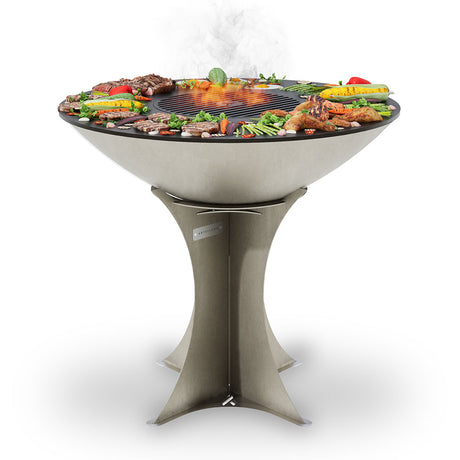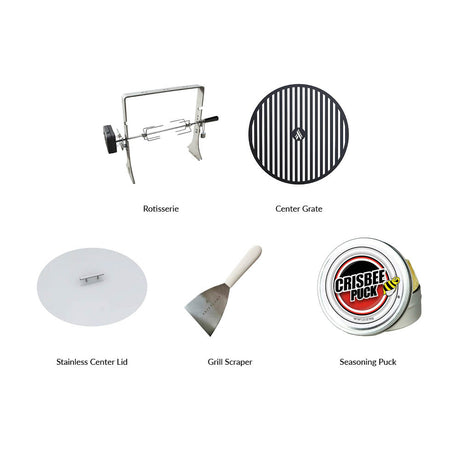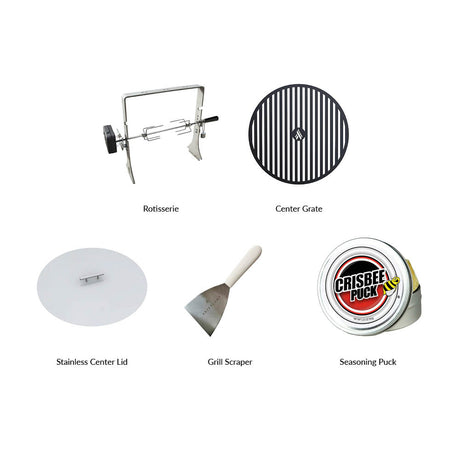When it comes to cooking fats, suet and tallow often come up in conversations about traditional and natural cooking. While they both come from the same source—beef or mutton—they have distinct properties and uses. In grilling, understanding the differences can help you achieve the best flavor, texture, and juiciness in your dishes.
In this article, we’ll break down the differences between suet and tallow, their properties, and how to use them effectively in grilling.
What is Suet?
Suet is the raw, hard fat found around the kidneys and loins of beef or mutton. It’s prized for its high melting point and pure flavor. Suet is typically white, crumbly, and more solid than other types of fat, making it ideal for certain traditional recipes.
Properties of Suet:
- Raw Fat: Suet is unrendered, meaning it’s in its natural state.
- High Melting Point: It remains solid at room temperature and melts only at high heat.
- Rich Flavor: Suet has a clean, rich taste, slightly more neutral than tallow.


















































